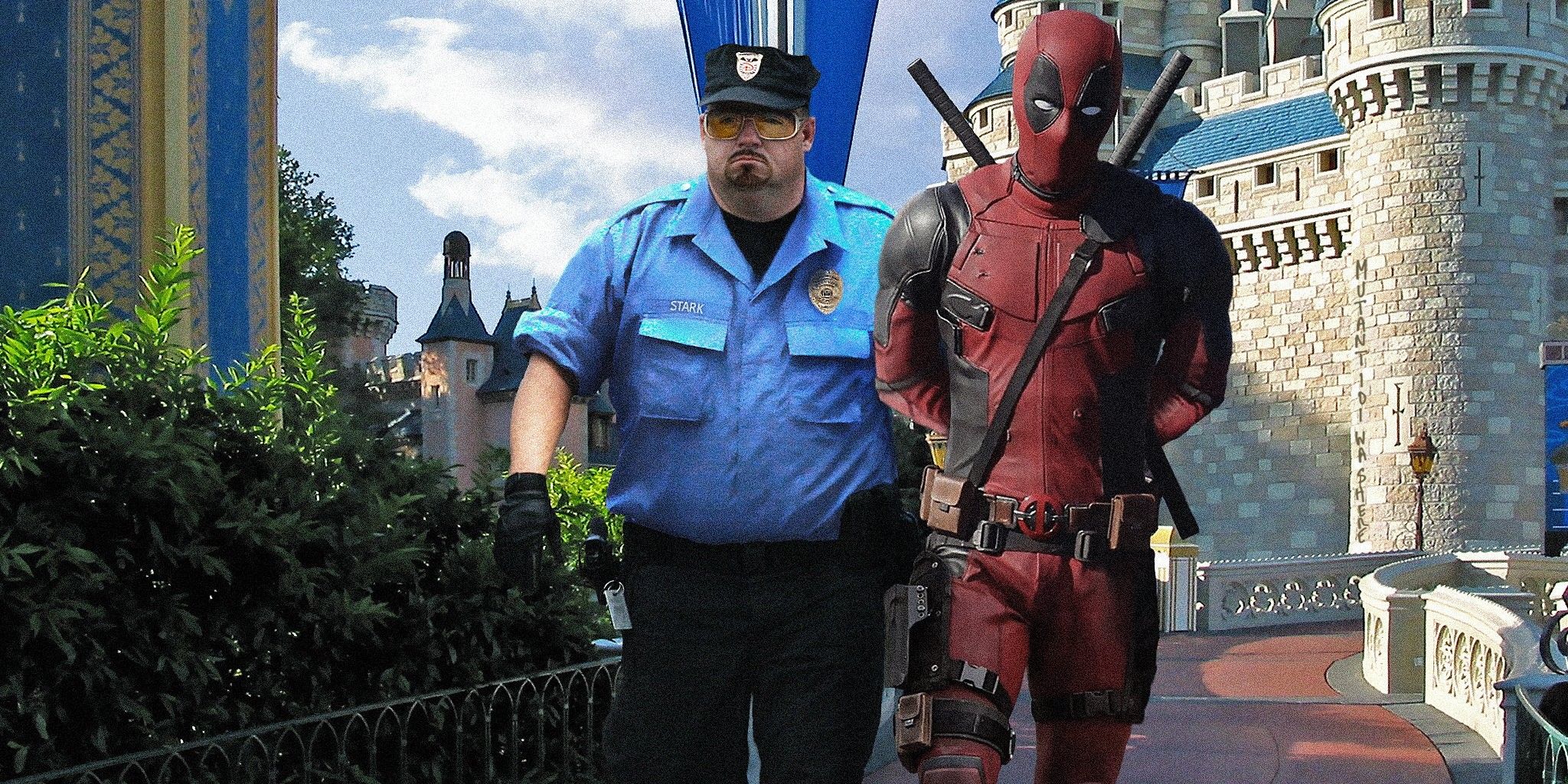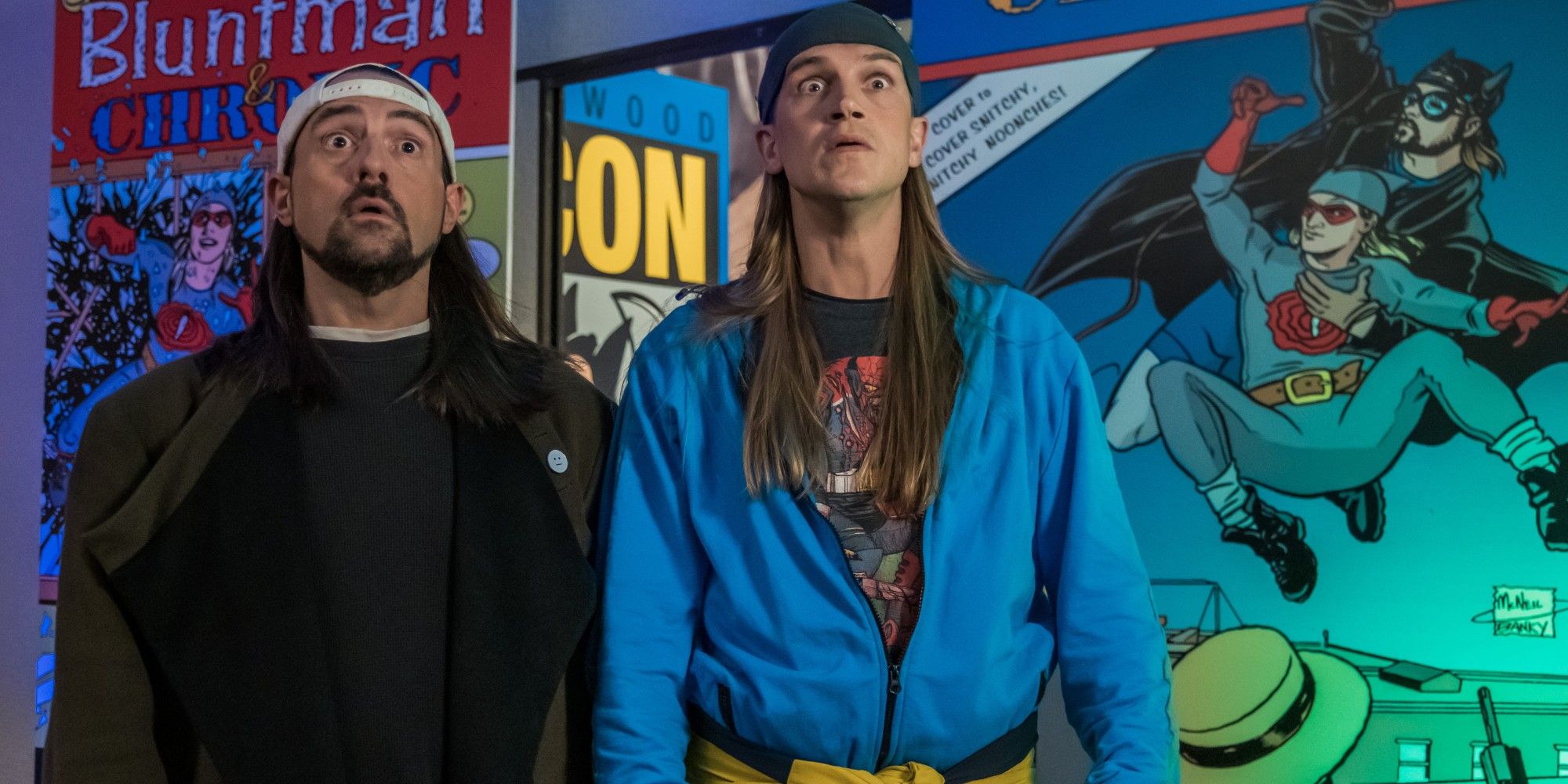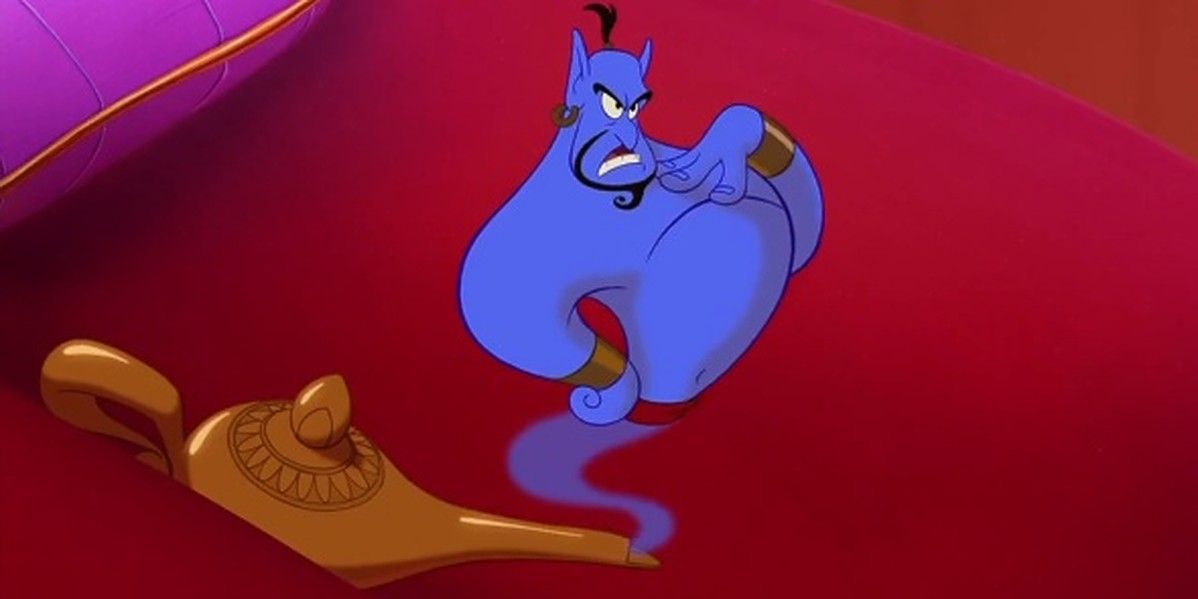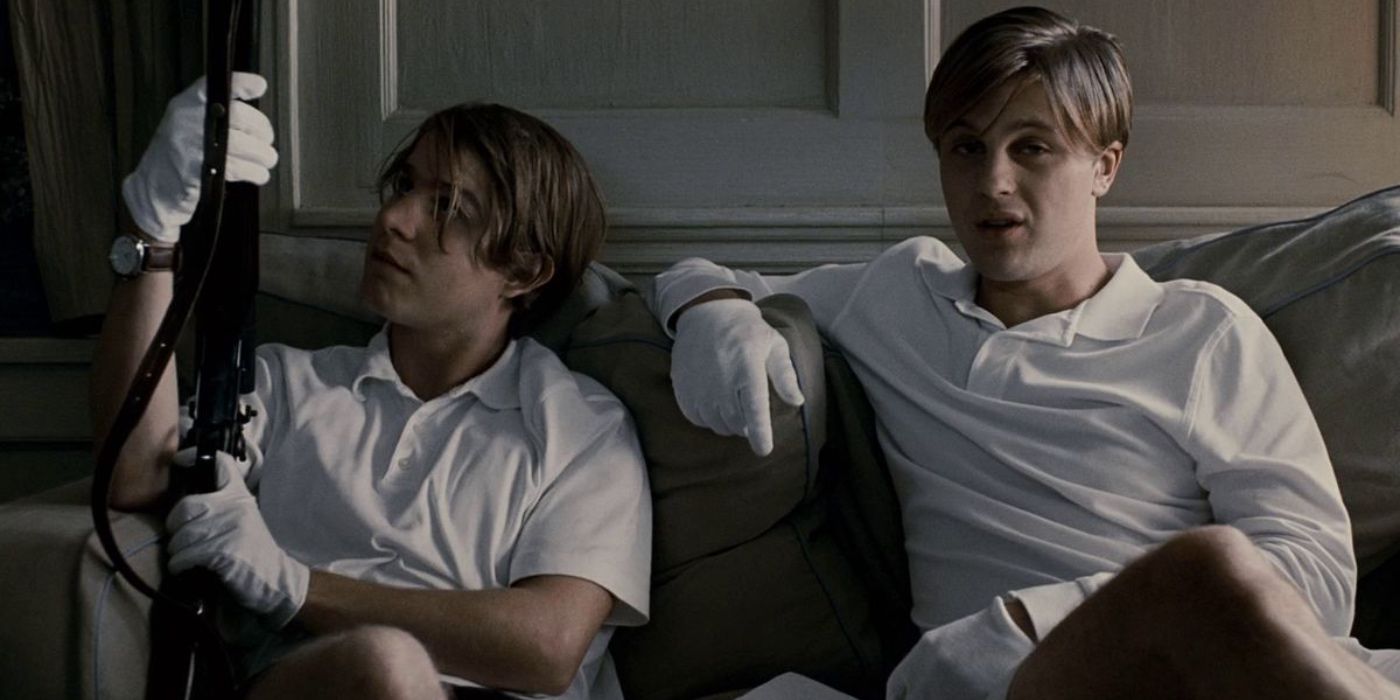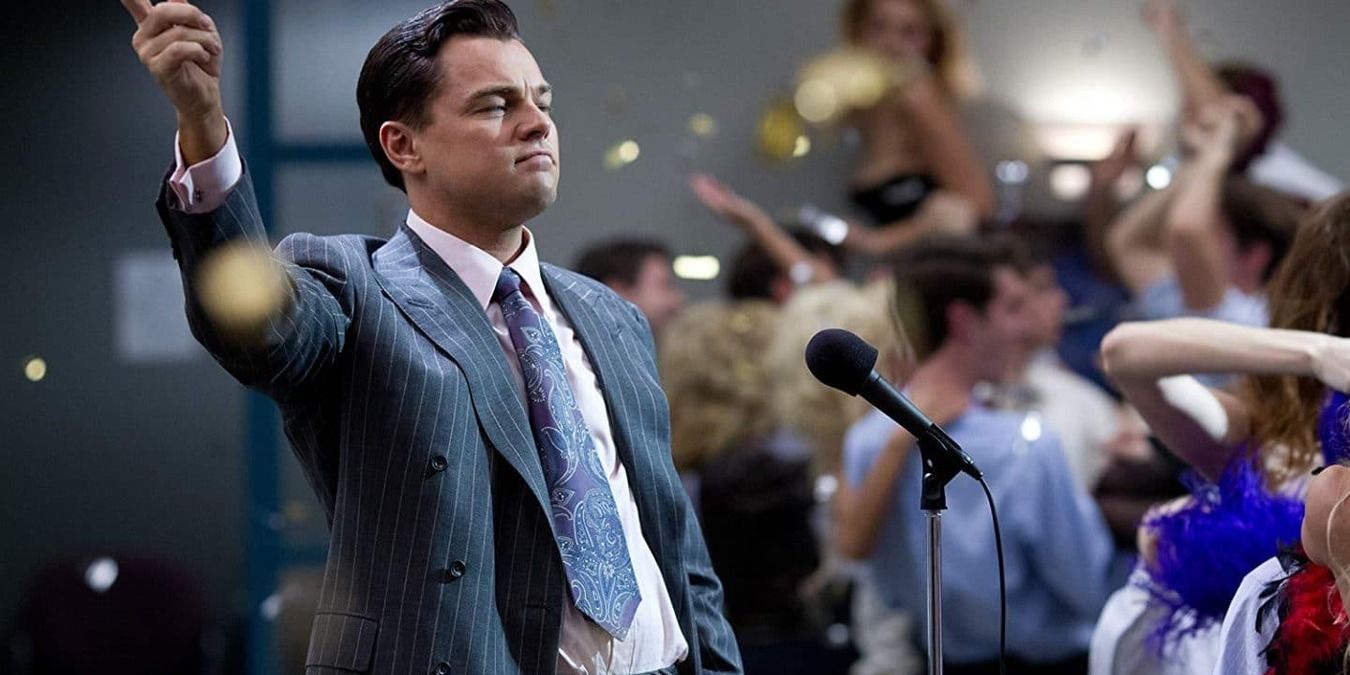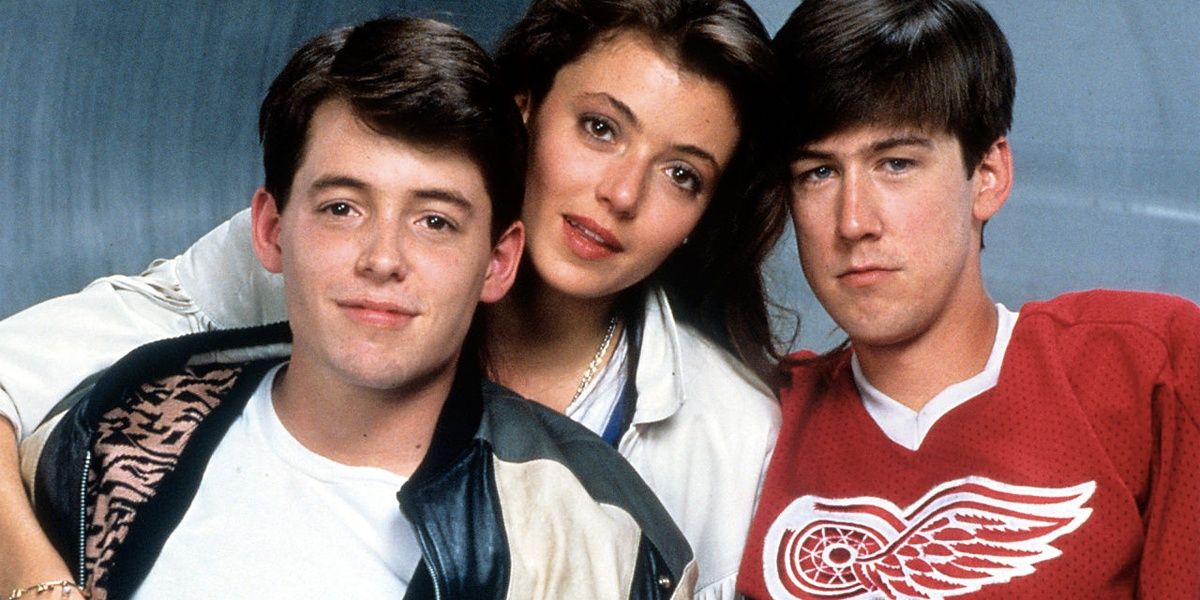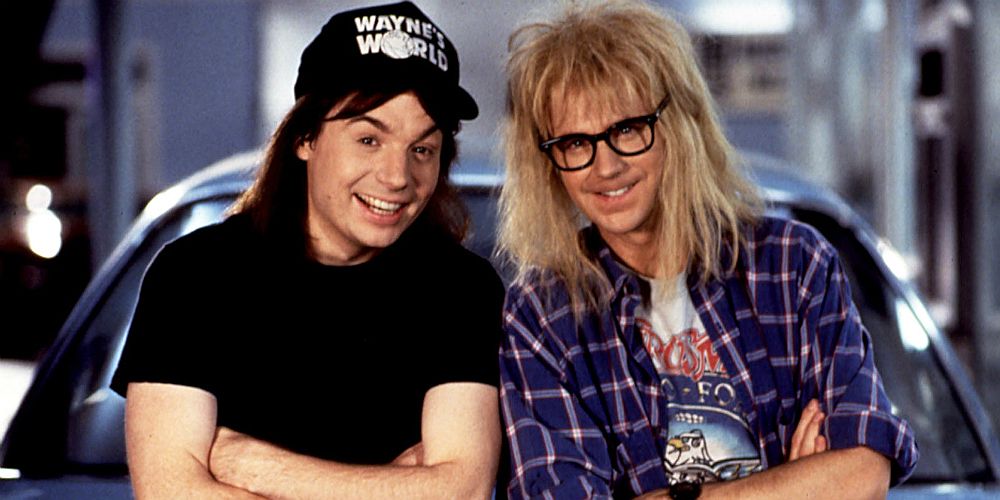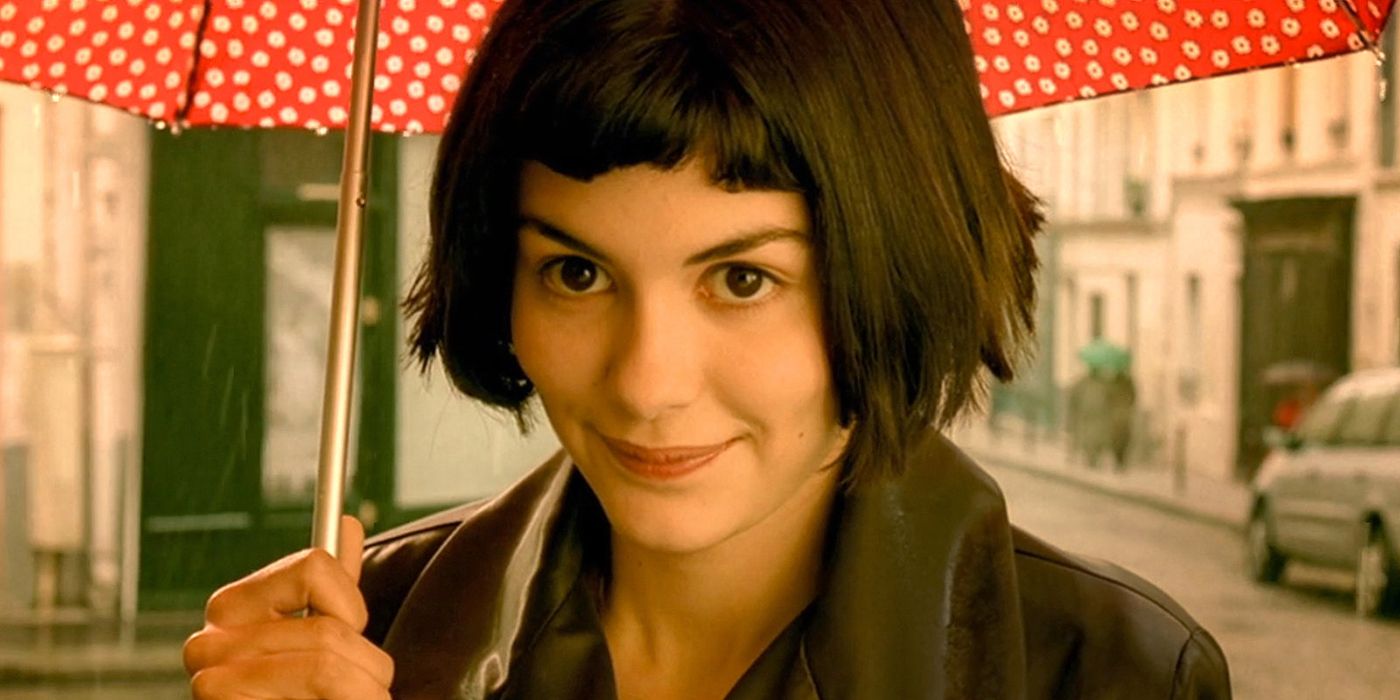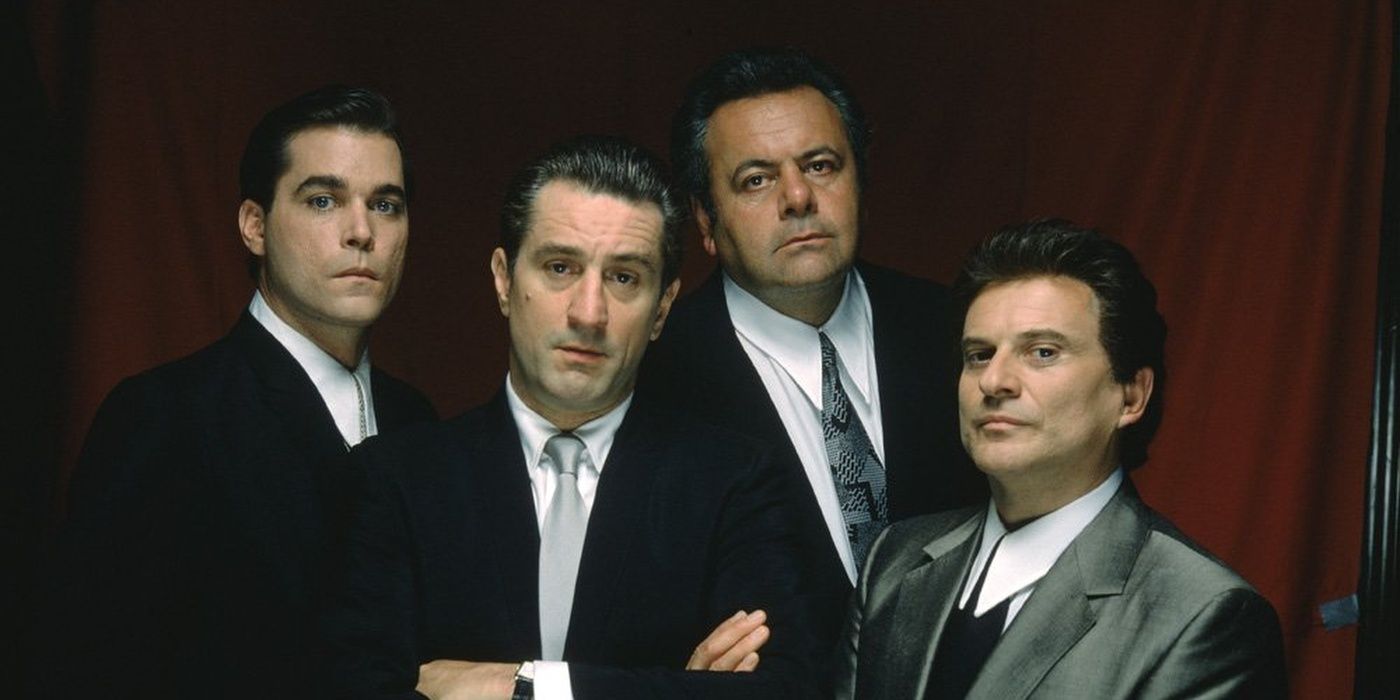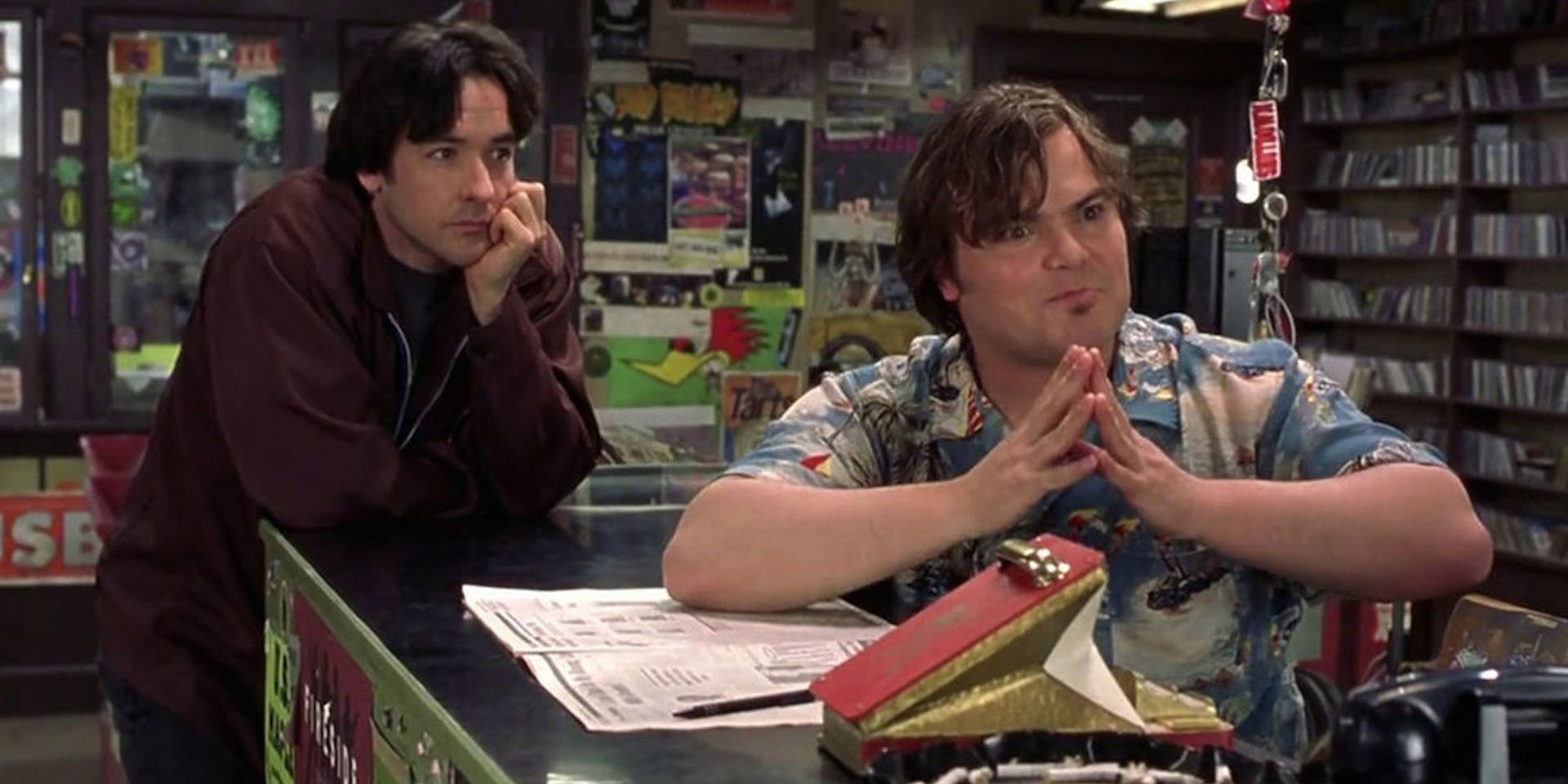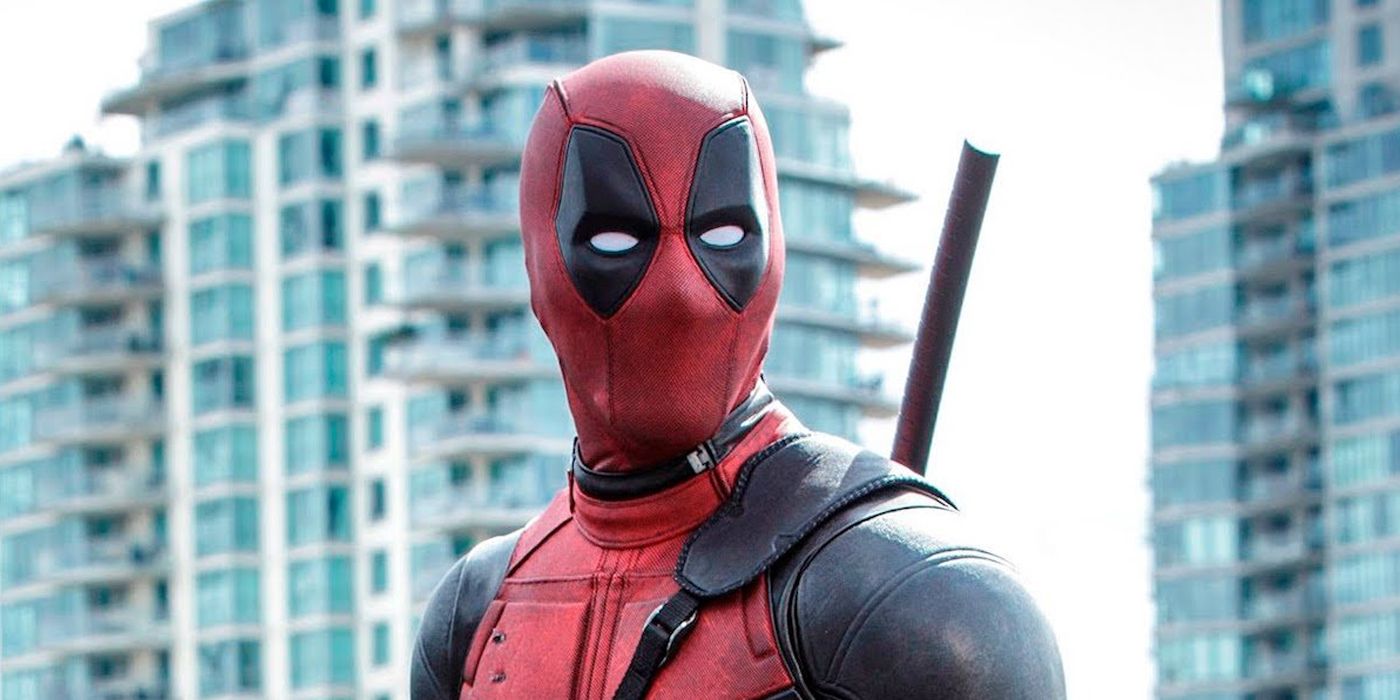Ever since the advent of filmmaking, filmmakers have tried to come up with new and unique ways to distinguish their work from the rest of the pack. A lot of interesting techniques have developed as a result of this desire to constantly be on the cutting edge, but one of the most unusual and least used filmmaking trick has got to be the fourth wall break.
For those who don't know, breaking the fourth wall essentially breaks the suspension of disbelief that the events of the film are taking place in some fictional world by having the characters in said film directly address the audience. And it's a tough technique to pull off well, which is probably why so many creators shy away from it. But when it's done right, it can be extremely memorable. So here are the 10 best times that movies broke the fourth wall, ranked.
Jay and Silent Bob Strike Back
When Kevin Smith decided to make his film Jay and Silent Bob Strike Back, it was clear that the comedy was meant to be an entertaining movie in it's own right, as well as a kind of meta-commentary on his own work so far.
And weirdly, the movie does fit very well into his whole View Askewniverse, despite the fact that it's trying to simultaneously exist within and outside it. At one particular point, Ben Affleck (as himself) asks who would pay to see a Jay and Silent Bob movie, and then he, Jay, and Bob all look directly into the camera.
Aladdin
One of the most brilliant aspects of the way in which Genie breaks the fourth wall in Aladdin is that it is extremely plausible that there was no intention on the part of the filmmakers to ever break the fourth wall at all, but just as a result of Robin Williams' ability to constantly riff and come up with the most brilliant jokes on the fly they decided to just go with it.
Robin's description of his process of recording the role certainly seems to back up that theory, as the script that he started with was really just a jumping off point for his endless improv.
Funny Games
Michael Haneke's body of work certainly isn't to everyone's taste, and if you don't have a high tolerance for violence then his films will likely be very hard to swallow. But one thing that is hard to deny about his work is his willingness to do what a lot of other filmmakers would not.
Haneke did both a German language version of Funny Games as well as an American remake, and in the American version Michael Pitt's character repeatedly looks into the camera and addresses the audience, essentially asking their opinion on what they think about different aspects of the film as it progresses.
The Wolf Of Wall Street
Although the subject matter of The Wolf of Wall Street sounds very serious on paper, the resulting movie was actually funnier, quirkier, and more off the wall than nearly anyone would have expected. The story of Jordan Belfort was a wild one, and Martin Scorsese brought it to life in a way that only he could.
Leonardo DiCaprio spends much of the movie narrating the action in the film, but at one point he actually does directly address the camera, explaining exactly how he committed his frauds and exactly how illegal so many of his actions truly were.
Ferris Bueller's Day Off
There are a lot of little movie tricks that a filmmaker can use in order to make their protagonist more appealing to the audience, but one of the boldest and riskiest strategies is to allow that protagonist to break the fourth wall and charm the audience directly. When it comes to Ferris Bueller, that risk clearly paid off.
Although Ferris' mischievous behavior might be off putting to some who were watching the film, Ferris Bueller's Day Off immediately makes the audience feel like they're on Ferris' side by having him explain exactly why he needs to be sneaky and duplicitous in order to enjoy his day.
Wayne's World
Some movies that decide to break the fourth wall decide to do so sparingly. And then there are movies like Wayne's World. Clearly no one was ever meant to take Wayne's World too seriously to begin with, however Mike Myers apparently wanted to make it incredibly obvious how not serious the movie was meant to be by repeatedly breaking the fourth wall.
And in one of the most interesting cinematic decisions of all time, the movie ends with a fourth wall break that actually offers up a few different possible endings, and tells the audience to choose the one they want.
Amelie
Although Amelié is a movie that is far more restrained than classic French New Wave cinema, it clearly wants to pay homage to that iconic film movement by playing things a lot faster and looser than any traditional movie would.
The filmmakers clearly let all of their artistic flourishes run wild, and the results are a wonderfully charming and unique tale of this odd girl and the whimsical way in which she sees the world. In order to take the audience along for Amelié's imaginative ride, she breaks the fourth wall and addresses the viewers herself.
Goodfellas
Martin Scorsese seems to be a big fan of the selective fourth wall break, because this is his second appearance on this list. In Goodfellas, Ray Liotta's character provides the narration for the piece, explaining to the audience what's going on, along with his own personal thoughts and feelings.
But as the movie comes to a close, Liotta starts off narrating his experiences at trial, only for that narration to transition into a fourth wall break as he actually begins speaking to the audience within the scene itself, explaining all of the victories of being a mobster and lamenting the life he was about to leave behind.
High Fidelity
Adapting a book to a film can be a pretty complex undertaking, especially since the book allows the author to explain things to a reader in a way that films really can't match. Or can they?
High Fidelity is a great movie in it's own right, and the filmmakers decided to circumvent the adaptation issues by letting their protagonist address the audience himself. High Fidelity hits the ground running with the fourth wall breaks, starting off the movie with the main character addressing the audience and continually doing it as time goes on, acting as if the audience is his friend or even his psychologist.
Deadpool
Honestly, what other movie could be at the top of this list? Many movies have utilized fourth wall breaks in one way or another, but Deadpool and it's ensuing films have managed to make themselves essentially the symbol of all fourth wall breaking movies.
Deadpool is a comic book hero movie that is about having fun more than anything, and the fourth wall breaks are an essential aspect of ensuring that the audience of the film is in on the fun with him. Deadpool almost feels like he's the one directing his own movie, and it really, really works.

